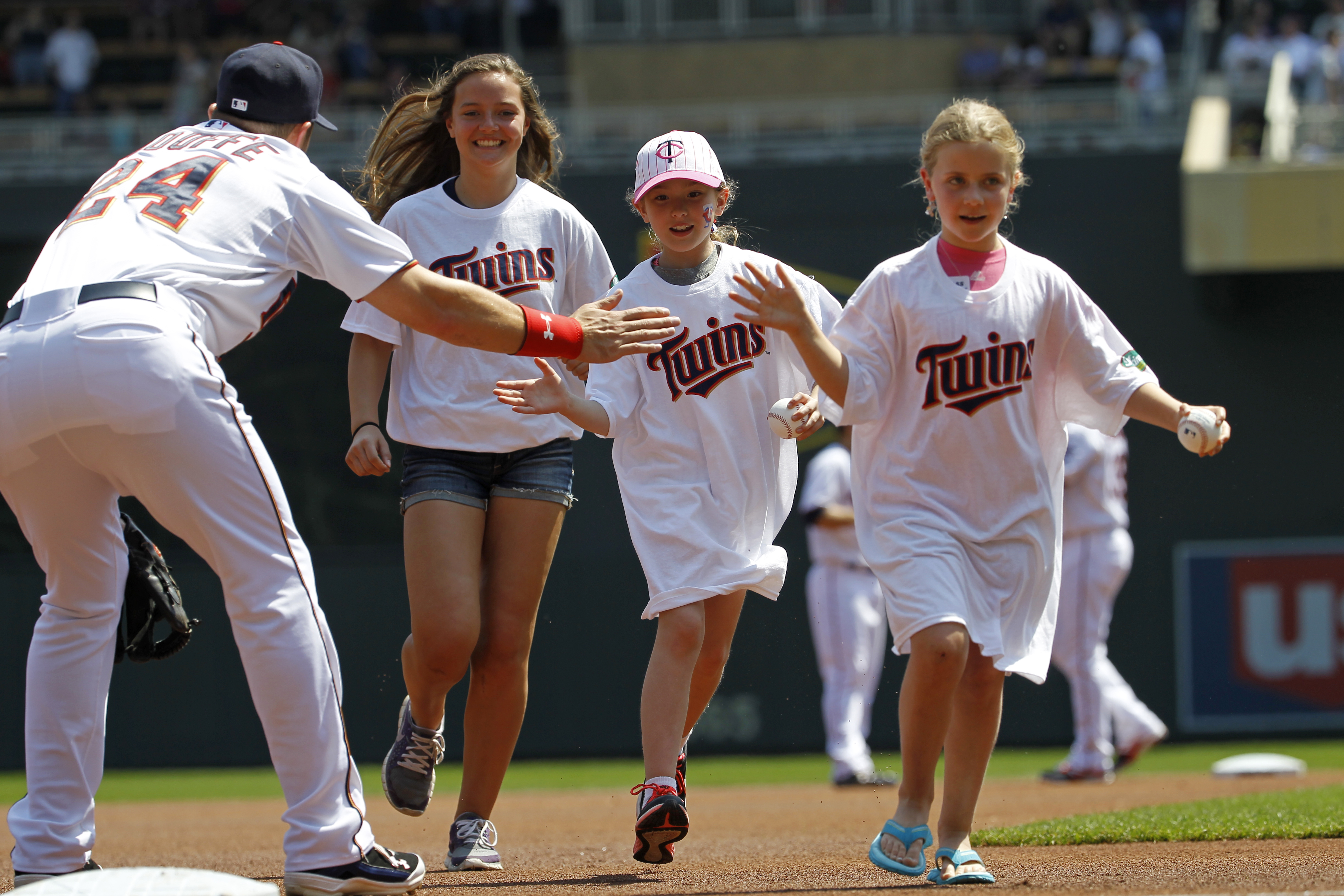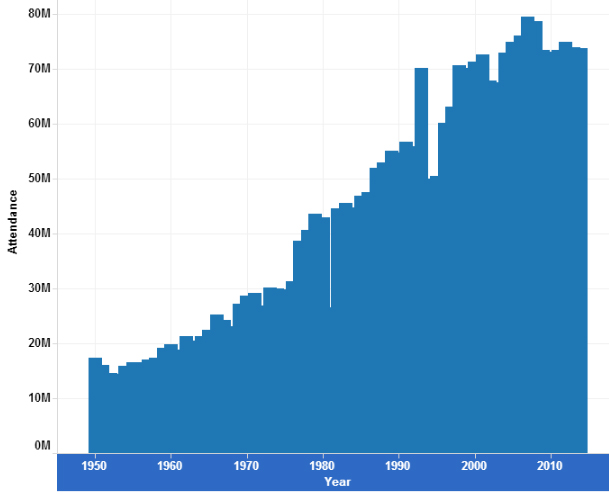
Just as baseball is making a comeback in Minnesota, we’ve got another op-ed today mourning its decline.
Writing on The Week, David Rourke says the decline of baseball mirrors the decline of American character.
According to a 2014 Harris Poll, 35 percent of sports fans said the NFL was their favorite sport, followed by Major League Baseball at 14 percent, and college football at 11 percent. Television ratings support this poll, with a significant increase in fans watching football over baseball. If those numbers aren’t convincing enough, just follow the money. The NFL is slowly on its way to bringing in more revenue than the MLB and NBA combined. As reported by Forbes in 2013, the NFL brought in $9.5 billion in revenue, $5 billion of that coming in from television deals, while MLB brought in $7 billion and the NBA $4 billion.
But this is about more than money or sports. It’s about a societal shift away from a certain kind of America where baseball made sense — where it was just so naturally and obviously illustrative of who we were as a people. Today, we are changing— and fast. Yet baseball is changing very little. It’s as if baseball can’t keep up, particularly for an increasingly distracted and impatient people.
Maybe. It’s not the first time we’ve shoveled dirt on the game.
But football, as good as it is at getting fanboys to spend hours on trivial things, is still only played once a week for 17 or so weeks. Baseball? Every night — mostly — for more than six months.
If baseball is dying, the turnstiles don’t show it yet. Thirteen of 30 major league cities report lower attendance this year than last year. But overall attendance is up compared to 2014.
If it’s really in decline, the attendance graph shouldn’t look like this.

Nonetheless, the person who put it together, Scott Lindholm at Beyond the Box Score, has a dour view of the game’s future.
This is the third time I’ve written this post, and I’ll draw my third different conclusion. When I wrote at the beginning of 2013, I was optimistic–I thought baseball attendance had survived the economic downturn that began in 2008 and was ready to return to the heights seen in 2006 and 2007. 2012 was a minor increase in attendance, but it was an increase. Prior to the 2014 season I was more cautious, noting the downturn for 2013 but wondering if it might have been caused by attendance decreases in major markets with non-competitive teams.
I’ve definitely taken a pessimistic turn going into 2015. Attendance seems stuck in neutral when viewing the overall trend, and it’s beginning to appear that instead of being a new normal, 2006 and 2007 may represent the apex of a previous trend–and perhaps one that won’t return. The aging of the baseball audience, the relative lack of a new audience to replace them and ticket prices that could place attendance beyond the reach of many are all serious barriers to increased attendance.
“If an industry is “dying” it would show in the ledger,” countered Maury Brown on Forbes.
As all businesses that wish to remain vital, MLB will need to stay ahead of the curve, shore up where it is lacking, and look for trends to chart their road map. But, this idea that the sport is dying is far from the truth. It’s stupid to say as much. You want to say that baseball needs to be concerned about one day stopping growth, then you’re having a reasonable conversation. Until then, you’re simply perpetuating a weak and false narrative, that as this article has shown, is stupid.
While there’s evidence that young people aren’t that interesting in sitting through a baseball game, there’s also evidence they’re not that interested in sitting through any sporting event.
